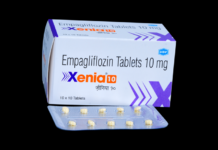 6. Balance operating and investment costs
6. Balance operating and investment costs
To successfully set up and run a full-scale production plant you need to take a lifecycle view of the total costs and earnings. To maximize plant profitability over time you must find the optimum balance between investment costs, operating costs and income.
The initial investment is often less than the total cost for operating and maintaining the plant over its entire lifetime. This means investments in equipment that reduce operating costs and increase production yield are generally good for business in the long run, even if the initial cost is higher.
Scaling up
When scaling up from pilot or demo size to full-scale production, the balance between investment and operating costs often shifts dramatically.
Operating costs are rarely an issue in a pilot plant where the main focus is to show that the process works. When building a full-scale plant, you must pay close attention to operating costs and carefully consider all possible savings.
A good example of this is evaporation systems. In a demo plant, you are probably not minimizing energy consumption as much as possible. The extra investment in equipment this would require is not worth it.
However, when building a full-scale plant that will be operational for many decades, you can save an enormous amount of energy by investing in heat recovery, extra effects or a mechanical compressor. The payback time for the extra investment may be as short as two years, depending on the size of the plant.
Scaling up also opens up possibilities for designing process stages in a new way. One example is the case described in section 1 of this whitepaper where two steps in a demo plant could be combined into one in the full-scale plant.
At Alfa Laval, we help you find the best combination of equipment for your specific plant and make sure your yield is high and your total life-cycle costs low.
























